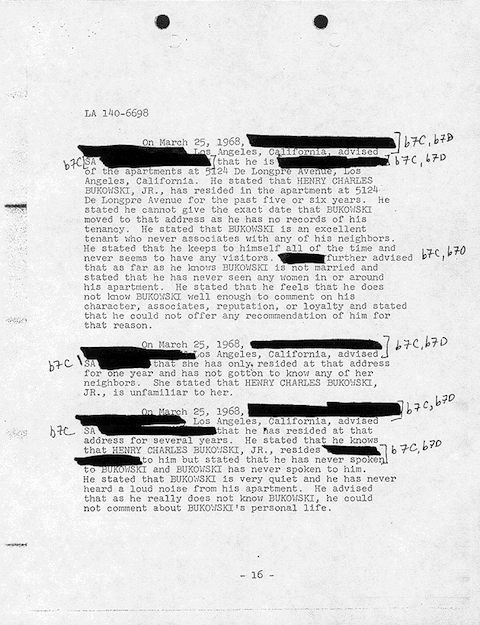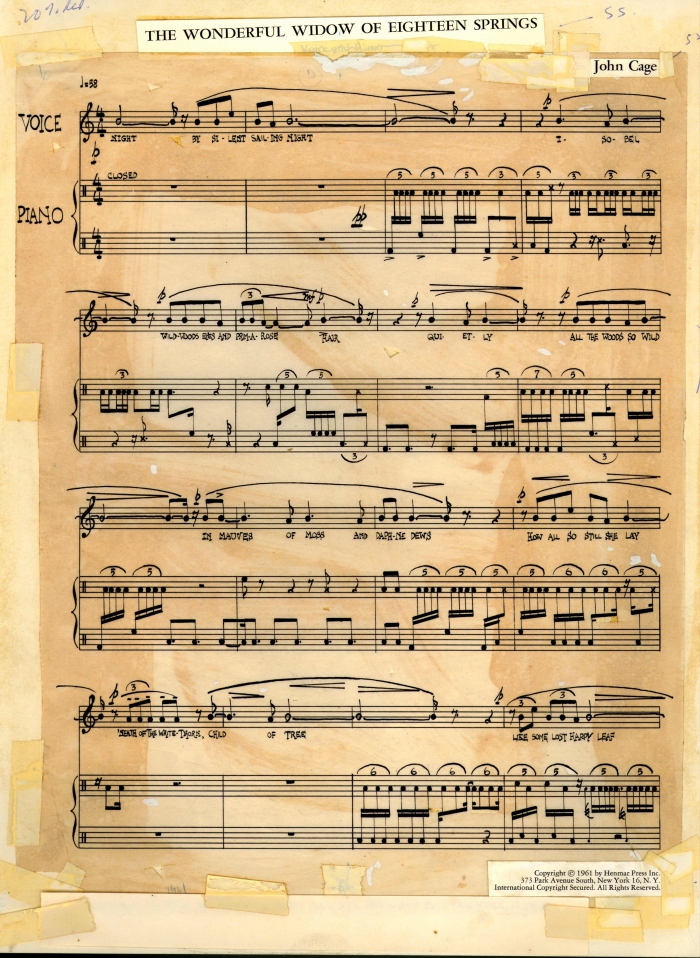Queen’s conjunction of the highly theatrical with the musically virtuoso set the bar for rock opera as high as it will go. Freddie Mercury and Brian May were such extraordinarily talented musicians that it seems impossible for anyone to do their compositions justice in cover versions, and I can’t think of anyone who has. Until now, perhaps. Because now, I have seen pianist Natalia Posnova cover Queen’s 1980 movie theme song “Flash,” written for the, shall we say, less-than-memorable Flash Gordon film of the same year. The original song is an almost ridiculously cool operatic rock anthem, featuring everything we love about the classic Queen song: John Deacon’s tense, thumping bassline, Roger Taylor’s explosive drum fills, Brian May’s guitar arpeggios, and, of course, vocal harmonies the likes of which the Mormon Tabernacle Choir might envy.
Natalia Posnova’s version features none of these things. Only a piano, and in the video, her shiny red Flash Gordon-themed outfit. Nevertheless, she manages to completely capture the drama of the original in her version, titled “Flash Fantasy.” She certainly convinced Brian May, who writes on his blog, “THIS WOMAN IS EXTRAORDINARY! I just ‘discovered’ Natalia Posnova. She is an amazing pianist and interpreter of songs. And I do not use this term lightly. This video clip is worth a million hits. I hope it gets them … I have seriously, in all these years, never seen or heard anything like this. To see this amount of beauty, talent, innovation and pure bravura in one shot is astounding.” He hopes to see her live someday. Above, she tackles another theatrical Queen song, “Who Wants to Live Forever,” this time in suitable evening wear for the hyperdramatic ballad. Posnova’s renditions bring to the foreground the classical harmonies embedded in these songs. For more on Posnova’s interpretations of Queen, see Freddie Mercury’s friend Peter Freestone and Posnova herself discuss her approach in the video below, and enjoy her take on another lovely ballad, “Don’t Try So Hard.”
HT to OC reader, Dirk, for sending this along.
Related Content:
Guitarist Brian May Explains the Making of Queen’s Classic Song, ‘Bohemian Rhapsody’
Queen Documentary Pays Tribute to the Rock Band That Conquered the World
Josh Jones is a writer and musician based in Durham, NC. Follow him at @jdmagness



